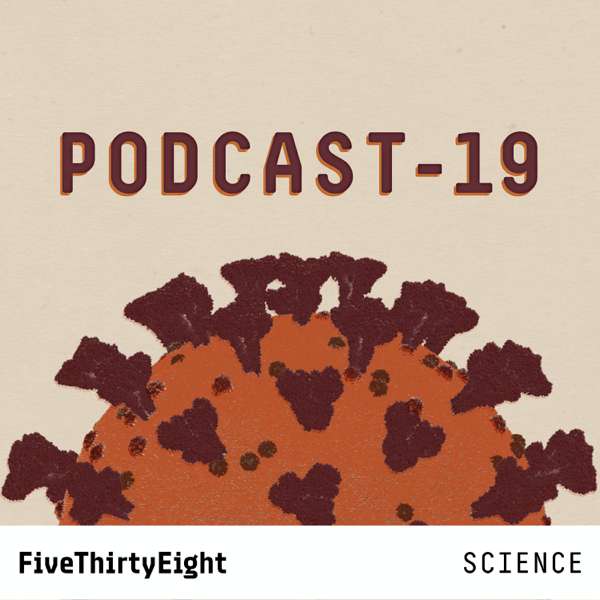Dinosaur feathers hint at flight history
Science Sessions are brief conversations with cutting-edge researchers, National Academy members, and policymakers as they discuss topics relevant to today's scientific community. Learn the behind-the-scenes story of work published in the Proceedings of the National Academy of Sciences (PNAS), plus a broad range of scientific news about discoveries that affect the world around us.
In this episode, Jingmai O'Connor and Yosef Kiat share insights gleaned from modern birds' feathers that help understand the evolutionary history of flight in dinosaurs.
In this episode, we cover: •[00:00] Introduction •[01:02] Jingmai O'Connor, a vertebrate paleontologist at the Field Museum of Natural History, describes the characteristics of feathers associated with flight. •[02:11] O'Connor gives context and background for previous knowledge of the evolution of flight feathers in dinosaurs. •[03:25] O'Connor describes the sources of fossil specimens for analysis of feather evolution. •[04:29] Yosef Kiat, an ornithologist at the Field Museum of Natural History, tells what he learned about the consistent number of primary feathers in modern birds. He also tells how that number applies to dinosaurs. •[05:54] O'Connor explains what the symmetry of feathers reveals about a species' flight ability and history. •[06:29] Kiat applies feather symmetry to explain the flight evolutionary history of Caudipteryx. •[07:05] Kiat summarizes the findings of the study, using feather number and shape to assess the flight abilities of four genera of dinosaurs. •[07:47] Kiat and O'Connor describe the type of potential fossil evidence that could fill in holes in the history of flight evolution in dinosaurs. •[08:42] Kiat and O'Connor explain the study's caveats and limitations. •[09:44] Conclusion.
About Our Guests:
Jingmai O'Connor Associate Curator of Fossil Reptiles Field Museum of Natural History, Chicago, IL
Yosef Kiat Postdoctoral Research Fellow Field Museum of Natural History, Chicago, IL
View related content here: https://www.pnas.org/doi/10.1073/pnas.2306639121
Follow us on Spotify, Apple Podcasts, Google Podcasts, or wherever you get your podcasts for more captivating discussions on scientific breakthroughs!
Visit Science Sessions on PNAS.org: https://www.pnas.org/about/science-sessions-podcast
Follow PNAS: Twitter/X: https://twitter.com/PNASNews Facebook: https://www.facebook.com/PNASNews/ LinkedIn: https://www.linkedin.com/showcase/pnas-news/ YouTube: https://www.youtube.com/pnas-news Sign up the Highlights newsletter: https://mailchi.mp/nas/podcast-highlights

 Our TOPPODCAST Picks
Our TOPPODCAST Picks  Stay Connected
Stay Connected







